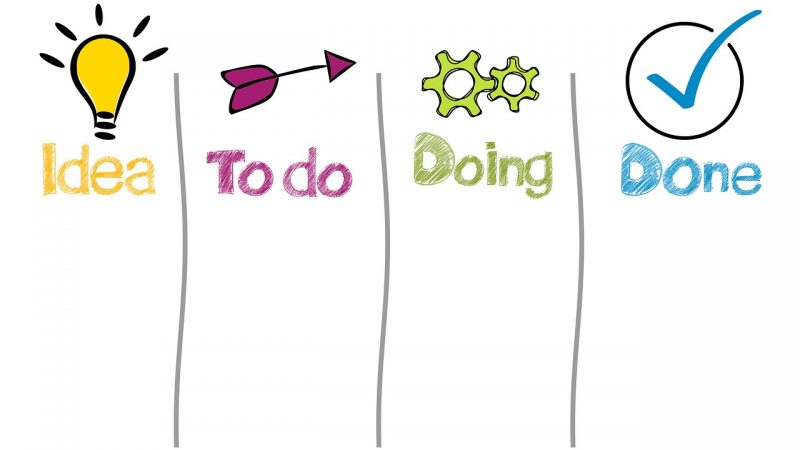The pandemic has necessitated rethinking group learning strategies to maintain collaboration, hands-on participation, and peer interactions vital for engagement. With adaptability and technology, many collaborative activities can be modified for socially distanced or remote contexts. Here are techniques for igniting student engagement through interactive group learning in the era of COVID.
Rethinking Group Work Setups
Traditional cluster seating prohibits proximity. New configurations enable group interactions with distancing:
– Spacing paired desks/tables 6 feet apart
– U-shaped clusters allow facing conversations
– Outdoor circles with seating on ground/blankets
– Standing clusters around tall cafe tables
– Separate breakout spaces like corners or corridors
– Clear partitions between collaboration zones
Virtual spaces encourage dynamic groupings and discussions through:
– Digital breakout rooms with video conferences
– Shared virtual documents and whiteboards
– Online sticky notes or idea boards
– Multi-user collaboration apps and platforms
– Chat groups and forums by topic
Reimagining Hands-on Activities
In-person hands-on tasks can be made individual to maintain safety:
– Lab stationmaterials pre-prepared into sets for each person
– Art and craft supplies packaged individually
– Manipulativemath tools assigned per student
– Appropriate disinfection between uses
– Display studentwork virtually for remote peer feedback
Virtual hands-on engagement can occur through:
– Students live-streaming working on projects
-digitally sharing creations for group review
– Collaborativeonline documents produced collectively
– Online simulations manipulating variables as a team
– Remotecontrol of devices and experiments by each learner
Adapting Energizing Games
Physically distanced games:
– Simon Says leader gives instructions from front
– Trivia games with teams separated or one member answering
– Relays running with distance between team members
– Charades with acting at front or using Zoom background
– Bingo placed individually on desks
Online games offer remote engagement through:
– Multiplayer live quiz platforms like Kahoot
– Digital escape rooms solved as a team
– Virtual scavenger hunts across websites
– Interactive poll games on shared screens
– Remote acted charades or talent shows
Rethinking Discussions and Debates
Distanced dialogue options:
– Fishbowl discussionswith spaced removal audience
– Think-Pair-Share partnerconversations at adequate distance
– Simultaneous small group discussions with distancing
– Peace stickpassed between commenting students
– Drive-bydebates with rivalry teams journeying past
Remote dialogue through:
– Multi-way video breakout room discussions
– Backchannel chatson screens during presentations
– Collaborativedocuments for sharing perspectives
– Online debatingplatforms with proposition teams
– Social media discussionson curated hashtags
With some restructuring, group learning can still flourish. Blending distanced in-class adaptations with technology solutions engages students collaboratively while remaining safe. Creativity and flexibility allows continuing to inspire through interactive activities.










